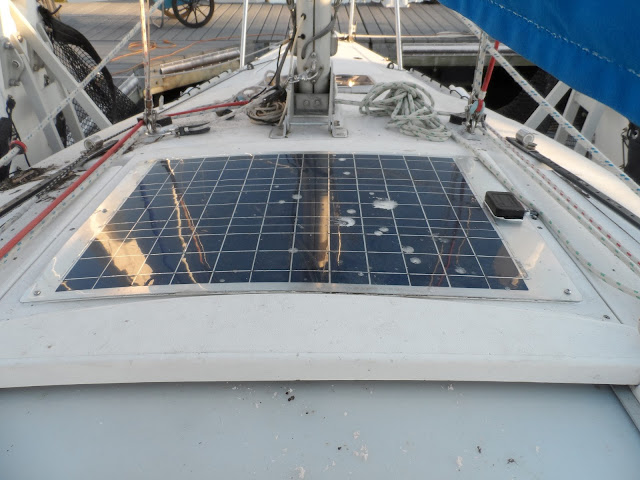I new to solar. I am wanting a solar panel to keep my battery up. I only plan on running one battery on my 26 laguna. The only things running off the battery with be a depth finder, cabin lights, nav lights, bilge pump and to start the outboard. All lighting is led. Will a 50W panel and controller keep up? should I buy more than I need and go 100W? I was looking at a kit from "renogy". Do they make a decent product? Most of the time the only thing that will be on is the depth finder.
Thank in advance .
Thank in advance .




